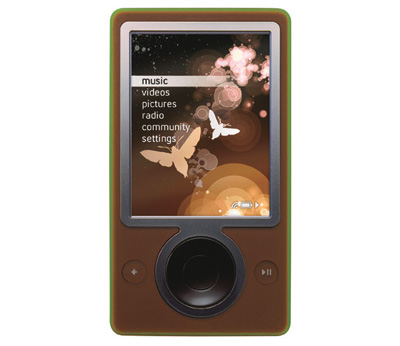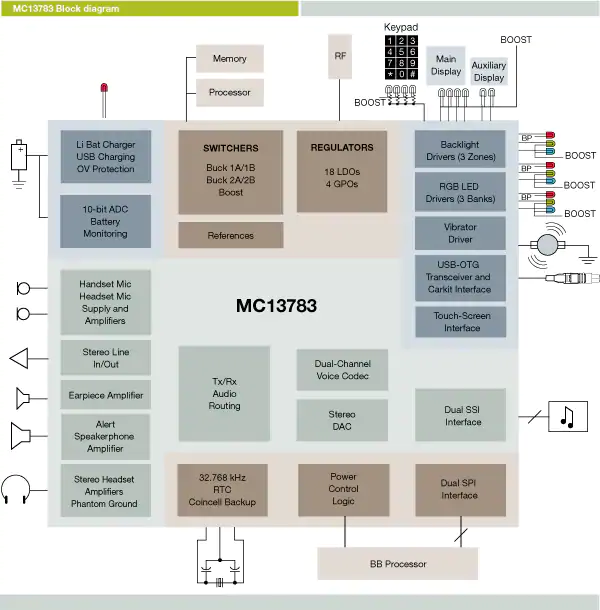Zune Leap Year Freeze
Posted on Sat 25 January 2020 in Software Fails • View Comments
I am starting a new series of blog posts in which I will do analysis of famous bugs and system design failures related to software. I will attempt to present more technical analysis than what is available when reading about these stories in the mainstream media.
I love reading about "failure" stories. It is a great entertainment but can also be an educating experience which inspire me to think or do things differently. Hope it will be relevant to you as well.
Zune
Zune 30 was a 30GB media players developed by Microsoft and released in 2006. It was the era of the iPod and Microsoft wanted a portable media player as well.

At midnight of December 31, 2008, all the millions of Zune 30 that Microsoft sold started malfunctioning. When turned on, they would freeze on the loading screen.
Before looking at the code that caused the bug, lets understand how consumer electronic products are usually developed.
A hardware component manufacturer develops a component tailored for specific product class. For example a DSP chip for surveillance cameras, a WIFI communication chip for cell phones or a system on chip with all the necessary peripherals for a portable media player.
Along with this chip, the manufacturer develops a reference product. The design of the reference product is released and includes design documents, schematics, PCB layout and relevant code.
A consumer product manufacturer will not do R&D from scratch, it will license the reference design and "differentiate" it. Each manufacturer changes the design slightly and thus we get a range of different product.
In our case microsoft used the Freescale MC13783 chip. This chip handles power management and audio and is designed specifically to be used in portable media players.

Among other things, this chip handles the real time clock. This is a clock powered by an auxiliary power source and is supposed to keep time when the device is turned off.
At startup, Zune's main processor would load the time from the real time clock in days since 1980 and convert to a proper date (day, month, year). Here is a snippet of a driver code that does the conversion to the current year:
BOOL ConvertDays(UINT32 days, SYSTEMTIME* lpTime)
{
...
year = ORIGINYEAR; /* = 1980 */
while (days > 365)
{
if (IsLeapYear(year))
{
if (days > 366)
{
days -= 366;
year += 1;
}
}
else
{
days -= 365;
year += 1;
}
}
...
}
Can you spot the bug?
Before revealing the answer, let me help with some clues:
- Zune froze, how can this snippet cause the device to freeze?
- What is special about December 31?
- What is special about 2008?
Let's address these three questions one by one. The freezing could have been
caused by an infinite loop. This happens if days never gets smaller
than 366.
The date of this incident is December 31, which is the last day of the year. It could be the 365th day of that year or if it is leap year it will be the 366th day. Speaking of a leap year, 2008 was indeed a leap year.
After several iterations of the while loop, we end up with days equal
366. The code enters the first if but does not enter the second. The
state during the execution of the next iteration is identical since nothing
has changed, and thus the loop will run infinitely.
Full disclosure, here is a link for reference I used for this blog post.
Obviously this issue resolved itself on January the first. Until next leap year at least, but I doubt there were many Zune users at that time.
Takeaway
1. Non simple recalculation of the loop counter inside the body of the loop is
a smell. I have seen coding standards that forbid the use of while
loops and force the for loops to be "well formed", partly because of
this reason.
2. Time and date calculations are complicated and have a lot of edge cases. You can watch this video to get a reinforcement of this view.